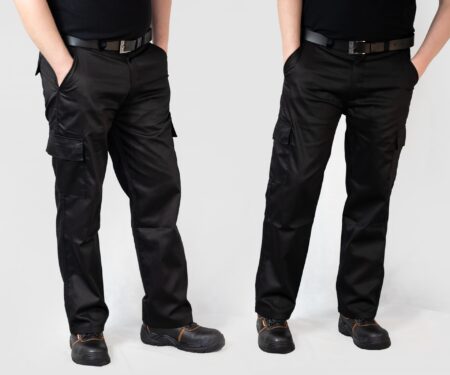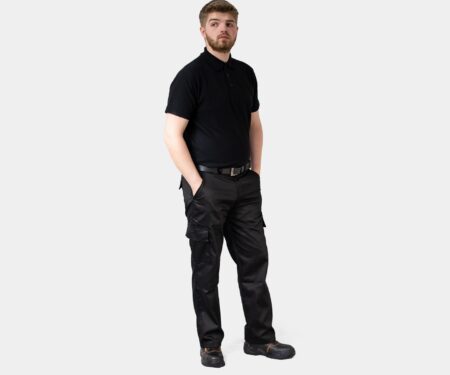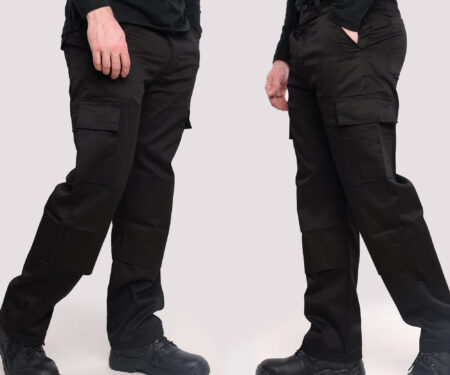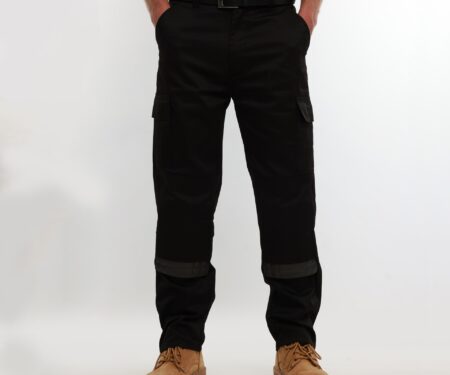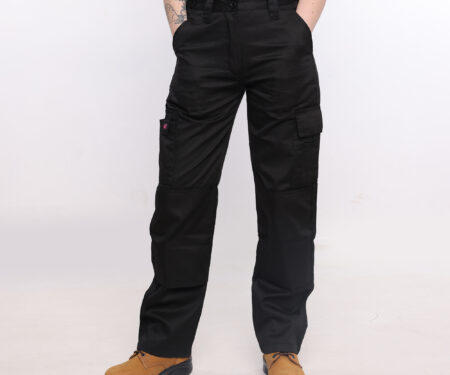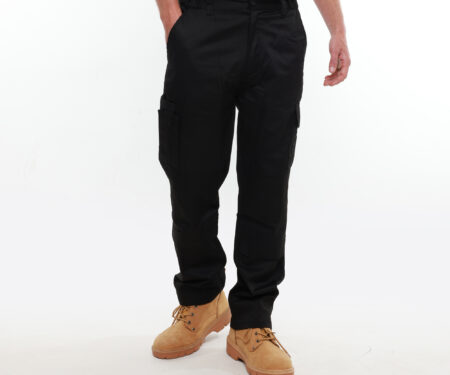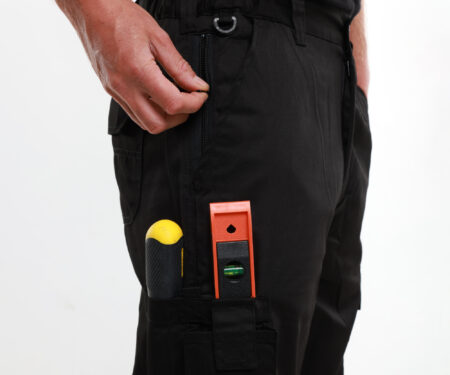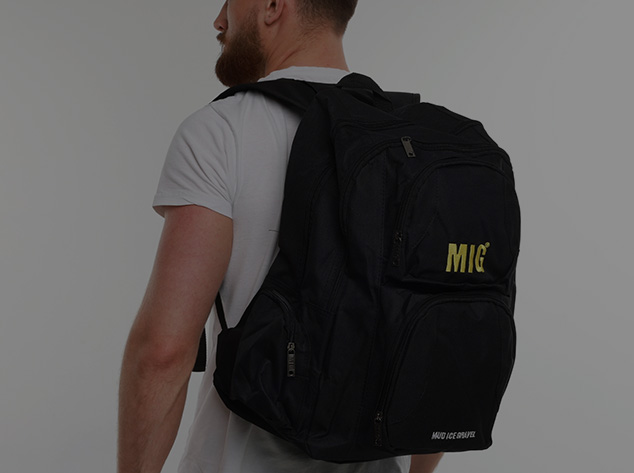Removing outdated wallpaper can be a difficult task. Especially if the wallpaper is extremely old. Many renovators have terrible stories about removing old wallpaper from walls, which has put them off messing around with wallpaper completely.The glues and wallpaper pastes which were used decades ago are not the same as modern glues used nowadays, which are kinder on your walls and easier to remove.
Hopefully, this guide to removing wallpaper will assist you in restoring your walls to a state where you can wallpaper again. Depending on the wallpaper and glue used, this could be a time-consuming and frustrating process. However, removing old wallpaper becomes considerably easier with a few simple tips and techniques.
TOOLS FOR REMOVING WALLPAPER
When it comes to removing wallpaper there are two main methods, the first method being the traditional way, a good old wall scraper and a Chemical Stripping Solution, although this method has been effective in the past, times have changed and we now have more advanced technology to help with a fiddly job such as this.
The second method which is certainly more up to date with the time we’re living in would be to invest in a Electric Wallpaper Steamer, these can be purchased at a reasonable price and are far more effective than the traditional technique and will also save you a lot of time.
Furthermore a variety of different tools can be used to get the paper off, below is a list of different tools that might be needed when it comes to removing wallpaper:
- Wide Stripping Knife
- Utility Knife
- Wallpaper Scraper
- Electric Wallpaper Steamer
- Scraper Blades
- Scissors
- Protective clothing
- Goggles
The Chemical Stripping Solution method
Chemical Stripping Solution can be used to remove wallpaper from the walls. Some solutions come as a ready-to-use mixture, while others may need to be diluted with water. For simple application, it’s available in a bottle or as a spray.
Chemical solutions aid in the dissolving of the adhesive and the active release of the wallpaper from the wall, allowing you to focus on getting that wallpaper off. If you’re removing wallpaper from a small area, such as an office wall, Chemical Solutions are great for one or two layers of wallpaper in one room. Although you can make your own stripping solution using hot water and liquid detergent, we recommend that you use a ready-to-use chemical solution which can be found in most DIY or handyman shops.
The Electric Wallpaper Steamer method
A steam stripper is made up of a water tank connected to a rectangle steam plate via a hose. Water is then poured into the tank, which is heated until it boils. When the water is heated to a boiling point the steam plate is then pressed against the wall to emit hot steam onto the wallpaper. Steam passes through the wallpaper and moistens the old glue behind, loosening the paper from the wall.
Electric steam strippers are ideal for large areas of wallpaper removal and are recommended for difficult wallpaper removal. Using an Electric Wallpaper Steamer will make wallpaper removal far easier and will also significantly decrease the time it takes. They’re also a good investment if you’re planning on removing wallpaper again in the future because they can be reused multiple times.
COMMON PROBLEMS WHEN REMOVING WALLPAPER
Several different problems can come up when removing wallpaper, remember to keep these in mind to prevent any problems occuring when it comes to removing the wallpaper.
Little bits tearing off
This is a common part of removing wallpaper, no matter how amazing and expensive your tools are this will always be a problem as paper can tear in several different ways, to prevent this ensure the wallpaper is constantly moist and damp, this will make it easier when trying to peel the paper off the wall.
Protecting furniture & clothing
Before removing wallpaper you should ensure that any furniture around you has been covered to protect it from getting damaged. This is especially important when using the Electric Wallpaper Steamer as water condensation will drip from the steamer itself and may damage furniture or even clothing that you’re wearing. It is also recommended to cover the floor and ant furniture to prevent water damage.
Removing glue residue
After the wallpaper is removed, make sure to remove any remaining residue as this can cause damage to newly applied wallpaper. It’s recommended to clean down the wall once the original wallpaper has been removed to ensure that this doesn’t happen.
CLEAN UP, SMOOTH & REPAIR
After removing the paper, wipe the walls with a moist cloth before allowing them to dry completely. This will also show you if there are any missing pieces of paper or if there is any damage to the wall that needs to be repaired.After cleaning, soak up some of the moisture with a dry towel to help the walls dry faster. To properly ventilate the space, open all windows and doors. Your walls will be ready for painting the next day.
Now it’s time to fill in any areas that have been damaged on the wall, such as holes or cracks, using filler before sanding the wall down smoothly with sandpaper. Filler and sandpaper should both be inexpensive. Finally after all of these methods have been used you should expect a sleek clean wall, paper free and ready to be transformed into a new modern look.
In summary we hope that you’ve benefited from this article and have a good understanding on how to remove wallpaper. For any more DIY related topics/questions be sure to find us at www.siteking.co.uk

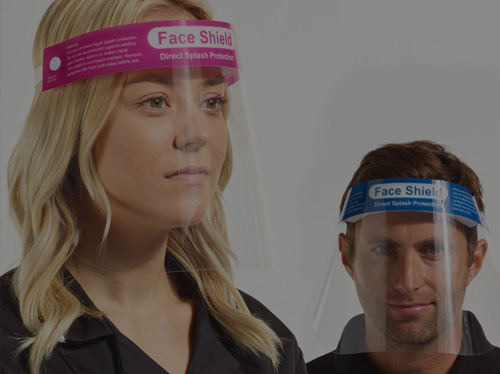


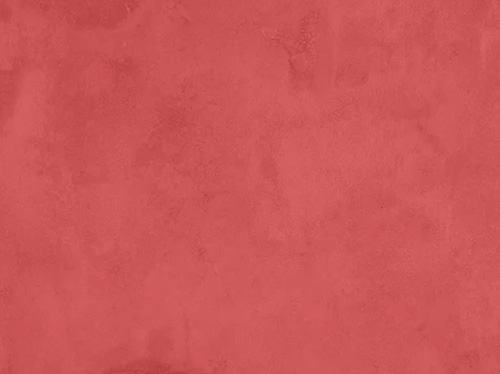

![clearpay1]](https://www.siteking.co.uk/wp-content/uploads/2023/03/clearpay1.jpg)
